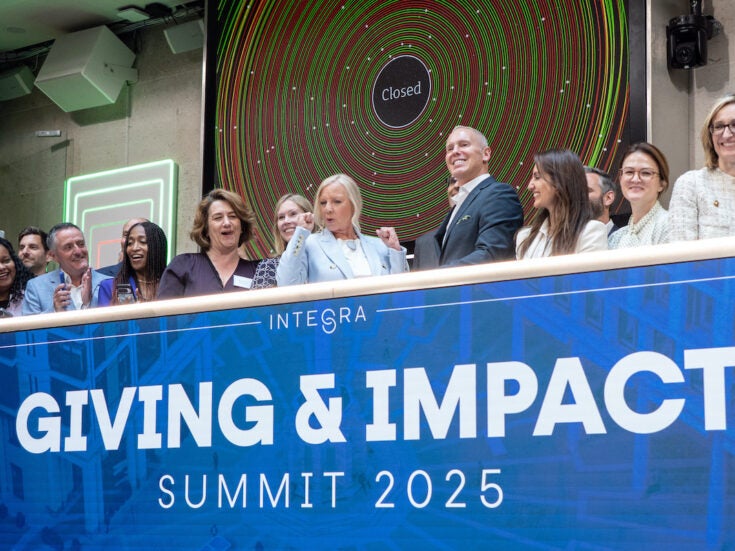
Those who tweet tend to be selfish and solipsistic, right? Well no, says Steffan Jones: social media can be of great use to philanthropists
ACCORDING TO SOCIAL Media Examiner, there are currently more than 900 million active Facebook users and more than 100 million active Twitter users, all reading, viewing, sharing and talking. Recent events such as the Arab Spring have confirmed that social media play a pivotal role today, but what benefit do social media offer to the 21st century philanthropist and how can they be used for social good?
In ‘Philanthropy & Social Media’, a report from the Institute for Philanthropy, social media are described as a tool that can ‘allow campaigners to bypass traditional media routes, which can be particularly important in situations where the traditional media are restricted by governments or other actors.’
Fran Perrin, the founder and chair of the Indigo Trust, a grant-making foundation that funds technology-driven projects to bring about social change, explains that one of the major benefits of using social media is their cost efficiency. Creating and updating a blog and being an active Twitter user enables the Indigo Trust to ‘reach a really big and wide audience with only one full-time member of staff’.
‘Knowledge sharing’ is a key social media buzzword. As a society, we are heavily reliant on social media sites, Twitter especially, for real-time breaking news. The American Red Cross, for example, tweeted the news of the Haiti earthquake which struck on 12 January 2010, within fifteen minutes. As monetary donations are traditionally the most effective way to support those affected by a disaster such as an earthquake, they regularly updated their followers on what was happening on the ground as well as ways to donate.
Social media are most definitely not solely for the younger generation. Figures from 2010 revealed that the average social network user to be 37 years old. William Perrin, Fran Perrin’s husband and the founder of Talk About Local, a website that helps individuals ‘find a powerful online voice for their community that they own and run’, told the report that ‘older activists have a burning need to communicate and are desperate for modern, easy ways to do it.’
SOCIAL MEDIA NEWBIES or recusants need not worry, however, that without a sound grasp of Twitter or Facebook their philanthropic activities will be curtailed. As Todor Tashev, investment partner at Omidyar Network, a philanthropic investment firm ‘dedicated to harnessing the power of markets’, told the report, ‘The key thing with social media is that everyone’s still working out how to use the platforms, and as with anything relatively new, you need to continue to tweak your approach if something doesn’t work out.’
The not-for-profit sector is still reasonably new to social media, therefore it will take some time before the full extent of the impact on social causes of tweeting, blogging and posting videos on YouTube will be known.
What is certain, however, is that in order to maximise productivity, philanthropic organisations should begin to treat online engagement as a core business activity. Indeed, as Mark Zuckerberg, creator of Facebook, has said, ‘Creating channels between people who want to work together toward change has always been one of the ways that social movements push the world forward and make it better.’






